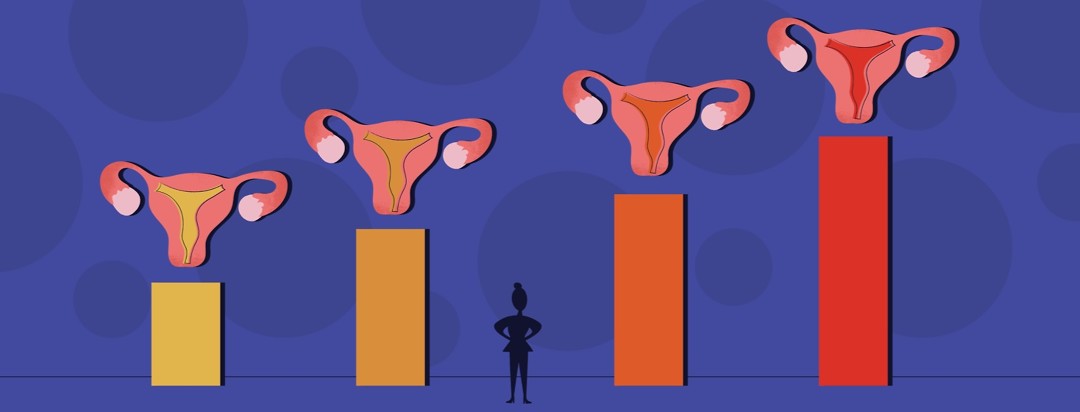The Stages of Endometriosis
Before delving into the stages of endometriosis, let’s recap what it is and how it can impact your health (and your life)...
Endometriosis is when cells that are similar to those that line the uterus grow in places they shouldn’t. Oftenm endometriosis is found growing in the pelvic region and on surrounding organs and structures. It is an inflammatory condition that is fueled by estrogen. There can be no symptoms, or there can be symptoms such as pain, infertility, and fatigue.
The cause of endometriosis is unclear, but risk factors include early age of first period, family history of endometriosis, short menstrual cycles, and heavy periods. The latest statistics show that 1 in 9 women have endometriosis.1
It can take a long time to be diagnosed and women often end up going from one health professional to another in search of answers. Often, endometriosis is misdiagnosed as other conditions such as irritable bowel syndrome. Or worse, some women are told that "it’s in their head". Thankfully, times are changing and awareness of the condition is growing. Endometriosis is normally diagnosed via laparoscopic surgery, as other methods such as imaging or blood tests are not always accurate.
What does endometriosis look like?
Endometriosis implants may appear like tiny flecks or patches on the pelvic tissue which can be clear, white, red, or brown. The course of the disease is not predictable. Endometriosis can grow on the surface of the ovary as implants or grow into a cyst which contains blood known as an endometrioma, often called a ‘chocolate cyst’. Endometriosis can invade surrounding tissues producing scar tissue referred to as adhesions. Adhesions can bind pelvic organs together or impact nearby organs.
The stages of endometriosis
The different stages of endometriosis are classified based on the location and number of implants, the presence of adhesions, and if ovarian endometriomas are present.2
Stage I - known as minimal, where there are superficial lesions. In stage 1, the lesions are not deeply penetrating and are mainly located within the peritoneum (the peritoneum is a membrane forming the lining of the abdominal cavity which covers the abdominal organs).
Stage II – mild disease where there are more lesions and the presence of ovarian endometriomas
Stage III – moderate disease. This includes a range of deep infiltrating endometriosis lesions, endometriomas, and adhesions.
Stage IV – severe disease. The lesions penetrate deeply, there will be significant scar tissue or adhesions and large ovarian cysts. In this stage, endometriosis can be found in other parts of the body; such as the bowel, bladder, and rarely organs such as the lungs.
The extent of the disease does not correlate with pain levels, which means that someone with stage I or minimal disease may have severe pain and someone with severe disease may have very little pain.2
Endometriosis stages and fertility
When it comes to endometriosis and fertility, the more severe the disease stage, the less chance there is at becoming pregnant; However, it isn’t an exact science.2 Some other factors that are important to consider when it comes to fertility include age, how long you have been unable to conceive, if there have been any previous pregnancies, and how your reproductive organs are functioning after surgery.3

Join the conversation